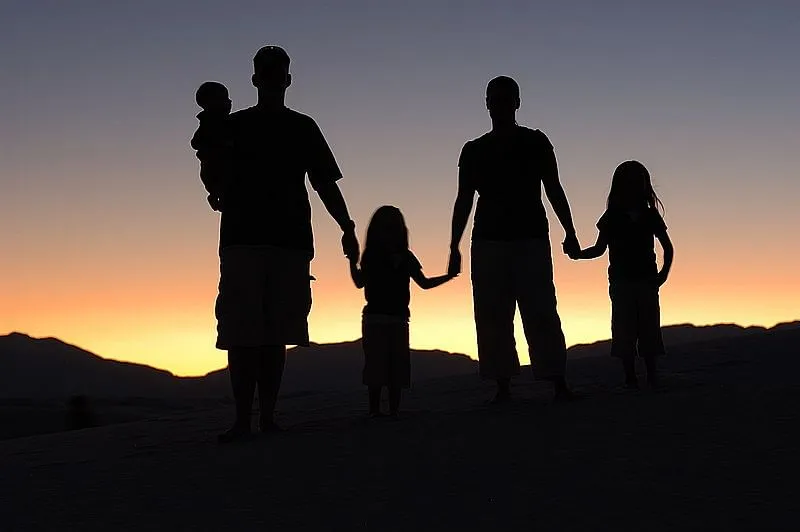The latest National Family Health Survey has highlighted the accomplishments of Jammu and Kashmir in the healthcare delivery and parameters over the past five years.
It has depicted how J&K has been improving the life-expectancy and survival rate of newborns and children, in addition to focusing on other important indicators of health among adults.
The Total Fertility Rate (TFR) in J&K was 1.41 in women aged 15-49 years, less than the replacement rate of 2.1 percent. The TFR figures for NFHS 4 and NFHS 3 are not available.
The TFR of J&K is among the lowest in India, a parameter that reflects many variables, including family planning, late marriages and concepts of family size. Only Sikkim, Goa and Ladakh have slightly lower fertility rates in India.
“The desire of women not to have any more children is relatively low in the northeast states except Tripura, Sikkim, and Assam, in Bihar (66%) in the East, Goa (60%) in the West, Ladakh (48%) and Jammu & Kashmir (52%) in the North, and Kerala (64%) in the South.”
J&K has the lowest percentage of teenage pregnancies, reflecting the trends in marriages and family planning of the UT. While the national average of Teenage Motherhood is 6.8, in J&K, just one percent of females bear a child in their teenage years. The figure is just two decimal points higher than Chandigarh, the UT with the lowest teenage pregnancies.
The low proportion of women bearing children at an inappropriate age has a bearing on the overall maternal health and maternal mortality. In states like Tripura and West Bengal, there is a high incidence of teenage pregnancies.
The survey has noted that teenage pregnancies are higher in Schedule Tribes, with no specific breakdown state or UT-wise.
This has a direct relation with the legal age of marriage. In J&K and Ladakh, the percentage of people marrying before the legal age was among the lowest in India.
“The percentage of women marrying before reaching the legal minimum age of 18 is lowest in Lakshadweep (4%); Jammu & Kashmir and Ladakh (6% each); Himachal Pradesh, Goa, and Nagaland (7% each), and Kerala and Puducherry (8% each).”
In J&K, the under-five mortality rate as per NFHS 5 was 19 while infant mortality was around 16.3. There has been a steep drop in under-five mortality in the past five years.
As per the previous NFHS, carried out between 2015-16, the under-five mortality rate was 38, while the infant mortality was 32.
In J&K, 92 percent of the births have taken place in a healthcare facility, one of the important factors that has led to reduction in infant and neonatal mortality as well as improved the maternal health outcomes from a child birth.
The institutional deliveries are among the highest in India, although J&K is yet to get to the hundred percent institutional delivery figure, while five states have already achieved it.
While drawing attention towards various parameters of child health, the NFHS 5 has pointed out high prevalence of anemia among children aged less than five years. In J&K, 73 percent of children are anemic, which is among the highest in India.
“Anaemia is a condition that is marked by low levels of haemoglobin in the blood. Iron is a key component of haemoglobin, and iron deficiency is estimated to be responsible for half of all anaemia globally. Other causes of anemia include malaria, hookworm and other helminths, other nutritional deficiencies, chronic infections, and genetic conditions. Anaemia is a serious concern for children because it can impair cognitive development, stunt growth, and increase morbidity from infectious diseases”.
In line with the changing nutritional status in populations across states and in-view of the life style diseases, it was for the first time that NFHS 5 measured waist circumference and hip circumference of women and men age 15-49 years.
According to WHO, a healthy WHR is 0.9 or less in men and 0.85 or less in women. “WHR helps to identify the distribution of body fat and predicts abdominal obesity. Abdominal obesity is associated with an increased risk of type 2 diabetes mellitus, myocardial infarction, stroke, and premature death.”
Shockingly, across the country, the proportion of women having a substantially increased risk WHR is highest in Jammu & Kashmir 88 percent. The figure deserves action on many fronts, primarily generating awareness about the effects of disproportionate distribution of fat and its effects on health.
In addition, 66 percent women in J&K were anemic, which again has a negative bearing on their health and performance. For men too, the health parameters were deranged and indicated a high-risk of non-communicable diseases.
The NFHS 5 portrays the changing scenario in the health sector of J&K, with the major achievements in improving maternal and child health over the past five years.
Yet the low awareness about the life-style diseases has been an unaddressed sector and needs attention of the healthcare planners.
Disclaimer: The views and opinions expressed in this article are the personal opinions of the author.
The facts, analysis, assumptions and perspective appearing in the article do not reflect the views of GK.






